Pain is an essential experience that everyone will encounter in their day to day lives. It comes in many forms, whether it’s an injury, from a chronic condition, post exercise soreness, or your skin telling you to get the hell away from that blue flame!
My experience with managing pain as an Exercise Physiologist, varies from client to client. Everyone is different, and as such, managing pain for everyone is a tailored approach.
Pain can be a barrier to engaging in active rehabilitation. But pain can also be a facilitator to understanding your condition, to better improve your function.
Do we respect our bodies function for pain enough? The function of pain is an amazing, and complex service that can do the following:
- Protect us
- Force us to rest
- Can provide us with feedback that we are working, a primal instinct to thrive.
In chronic and complex pain conditions something has clearly gone wrong with the bodies understanding of pain. This is where psychology and physical symptoms tend to meet with each other, and make a powerful statement.
Treatment for chronic pain can also vary from person to person. In my experience of encountering individuals with chronic pain, I often see a history which includes:
- Problem solving approach: Need to ‘Fix’ the pain.
- Prolonged used of medication (upwards of 3 months with little to no improvement).
- Powerful anti-inflammatory treatments (cortisone injections, Mobic medication etc).
- Previously history of having a surgery or have been advised to have a surgery.
- A secondary psychological condition that has often been overlooked, such as anxiety or depression.
Let’s talk about textbook pain
Acute Pain: Muscle tears, nerve sends a message to the brain, you feel pain.
- Chronic Pain: Chronic pain is defined of pain lingering for over 3 months. Common conditions include arthritis, lower back pain, shoulder pain, fibromyalgia, the list can go on. People undergoing chemotherapy may also develop chronic pain due to their treatment. Chronic pain can vary in intensity, type, and length.
- Neuropathic pain: This can develop from various conditions, such as damage to a nerve, pressure on a nerve, diabetes, shingles. Often feels like burning, stabbing or sharp sensations in the body. Can be either acute, or develop into chronic pain.
- There would be more examples, but for the purpose of physical therapy, these 3 are the most prominent.
How is pain perceived?
Pain is perceived in the brain. It is literally, all in your head. No single person in pain is the same but will have similarities. The most common perception of pain is a nerve picking up a harmful stimulus (for example skin to a flame), this message is sent to the brain and perceived as danger.
Okay, what about chronic pain?
There is usually a disruption with the perceived intensity and type of pain. The perception of the pain has become unreliable. A person with chronic pain, for example, will often report a similar injury as a 7/10 to someone in the acute phase of the same injury, who may report a 3/10. This does not mean the tissues are any ‘worse’ then the other, countless studies have demonstrated that tissue damage does not translate to symptomology.
How do I manage acute pain?
Follow a graded plan to re-introduce load and stimulus to your injury. Depending on the complexity of your injury (you may have been involved in a car accident for example with multiple injuries), you may require support of multiple allied health practitioners / specialists to support your rehabilitation.
How do I manage chronic pain?
It depends on your injury. I will provide a very generic example of chronic lower back pain:
- Get an assessment from either an Exercise Physiologist, or Physiotherapist for your functional status related to your injury, and overall physical presentation.
- Rule out any serious red flags: Upon review with an allied health professional, they may feel the need to refer you back to your doctor for further investigation. Rule out issues like hernia, benign / malignant cancers, do a blood test… it may provide you with information of deficiencies such as low blood iron.
- Assess your overall health and find gaps where you could improve (you may be overweight, have high blood pressure, underlying diabetes you’re unaware of).
- Take accountability for your health. Do you smoke? Look at cessation of smoking. Do you drink? Limit or look at cessation of alcohol. Quitting drinking and smoking is huge. Your body’s inflammatory markers will thank you for this.
- Talk to your doctor about the above, you may need your medications reviewed to boost your ability to participate in a treatment plan effectively.
- Improve your fitness. Chances are, you aren’t exercising to your maximal capacity. If you improve your fitness, chances are you’ll lose weight and take pressure away from your lower back.
- Have a plan, and goals to achieve your plan. Without goals, your brain won’t know when it’s done something good. Ticking off an achievable goal, and getting a dopamine rush in your brain, is far more powerful than any cortisone injection will ever be.
- Okay, I don’t hate cortisone injections, but if you’re really struggling, coordinate with your GP to provide a referral with a specialist to better direct your outcomes on whether you require surgery, injections, or anything. If it facilitates improvement in function and movement, it should be an option worth considering.
I said I think pain can be good. It’s not the enemy, it’s an essential function of our body to manage our output. Here’s why pain can be good:
- With guidance from a physical therapist, will help you distinguish between good pain, and bad pain.
- Bad pain can present as either sharp, dull or constant pain following an aggravating movement. It’s important to identify if the pain lingers following cessation of the aggravating movement to determine if your injury was effected.
- Good pain can present more or less the same as bad pain, but may get misinterpreted at the time. Muscles have sensors that can detect either too much stretch, or simply too much stress. To limit to just stretch and stress wouldn’t give it justice… Your body has a wide range of mechanisms for different sensations.
- Delayed onset muscle soreness (or DOMS) is an essential function to provide us with feedback that our muscles have been appropriately stressed to promote growth and adaptation. It’s very distinguishable and is important to understand the difference between DOMS and pain associate with an injury.
- Increased tolerance to DOMS will increase your tolerance and further build on your resilience to managing pain.
Summary:
- Pain is a phenomenon caused by stimulus from the nervous system, indicating actual or potential damage to a structure in the body.
- Seek assistance from an allied health professional through a referral from your GP. They can set up a care plan to ensure you get the right help.
- Rule out red flags (refer to the above for why)
- Get an assessment with an allied health professional who can assess your injury, and function as a whole.
- Gradually reintroduce load to the painful stimulus, and body structure to regain function.
- Implement holistic methods such as weight loss, improving overall fitness, and reducing stress to further improve outcomes.




